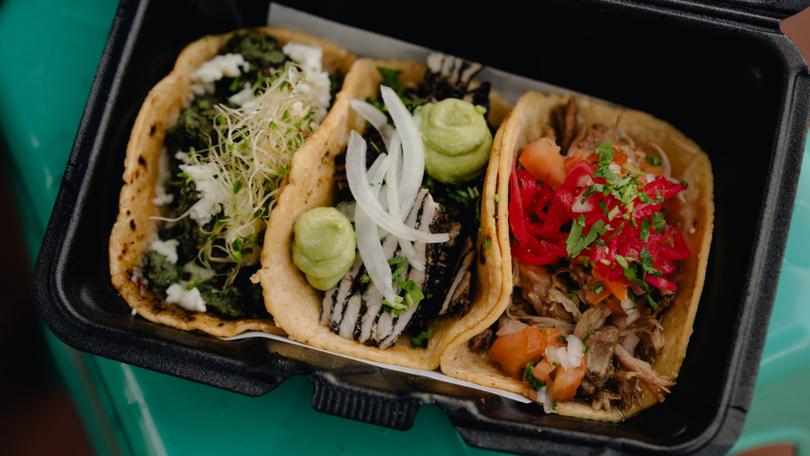The New York Times: Is a Taco a sandwich? No. Yes. Well, it depends on the law

The question of what is and what is not technically a sandwich grips us tightly.
The question won’t die. But one day I will, and I can imagine that the last thing I hear will be some guy explaining to me why a hot dog is a sandwich, or why a hamburger is a sandwich, or why my soul leaving my body as I breathe my last breath is also a sandwich.
On Monday, in Fort Wayne, Indiana, a judge ruled that tacos are “Mexican-style sandwiches,” and while a local zoning issue might not usually make national headlines, it was impossible to resist this one. It took the absurd sandwich question seriously in a civil court case, then appeared to land on the wrong answer.
Sign up to The Nightly's newsletters.
Get the first look at the digital newspaper, curated daily stories and breaking headlines delivered to your inbox.
By continuing you agree to our Terms and Privacy Policy.I type these words from Los Angeles, where the question itself is trifling. There are many kinds of well-established, Mexican-style sandwiches here — cemitas, pambazos, dozens of regional styles of tortas — and the taco is simply not one of them. The taco is its own glorious archetype, its own indisputable and formidable department of joy.
But getting caught up in this argument is a bit of a distraction. The ruling wasn’t made to settle a manufactured debate, boost brand engagement or bump someone’s “is-it-a-sandwich” T-shirt sales on Etsy. It was made for the more boring, messy business of real life. And here, I have to admit, it starts to make sense.
Martin Quintana, a restaurateur and developer in Fort Wayne, tried to open the Famous Taco in a local strip mall, but in 2019, while seeking out zoning approvals from the local plan commission, he agreed to a written commitment with a nearby neighbourhood association that any restaurant in this shopping plaza would sell only “made-to-order or subway style sandwiches.”
The provision was meant to protect the strip mall against certain fast food chains. If Quintana wanted to move forward with his plan, he would have to find a way to either amend the agreement or make the case in civil court that tacos are sandwiches. It wasn’t an ideal argument, but it had to be made.
If tacos could be interpreted as “Mexican-style sandwiches” just in this one particular instance, then Quintana could open for business.
The decision from Allen County Superior Court Judge Craig J. Bobay was clear: “The Court agrees with Quintana that tacos and burritos are Mexican-style sandwiches, and the original Written Commitment does not restrict potential restaurants to only American cuisine-style sandwiches.”
The more flexible and expansive we consider the sandwich category, the more dishes it might accommodate. But why can’t we stop doing this? The sandwich is not a universal standard by which to measure all the hand-held foods of the world, it’s just another one of them.
If the sandwich question gnaws at you, dip into the past 15 or so years of internet history and you will probably find your way to whichever answer makes you feel that all is right with the world. (If you follow the Cube Rule then a hot dog is, in fact, a kind of taco.). Although the Indiana court decided that the taco was a sandwich, other judges have found their way to the opposite conclusion.
In 2006, a judge in Massachusetts ruled that tacos were not sandwiches to clear a path for a chain restaurant that made tacos in a shopping centre where another chain held a sandwich exclusivity clause. Here, if the taco wasn’t considered a sandwich, the restaurant could go ahead and open.
In both cases, whether the taco was categorized as a sandwich or not a sandwich was almost beside the point. In both cases, the taco won.
This article originally appeared in The New York Times.
© 2024 The New York Times Company
Originally published on The New York Times
